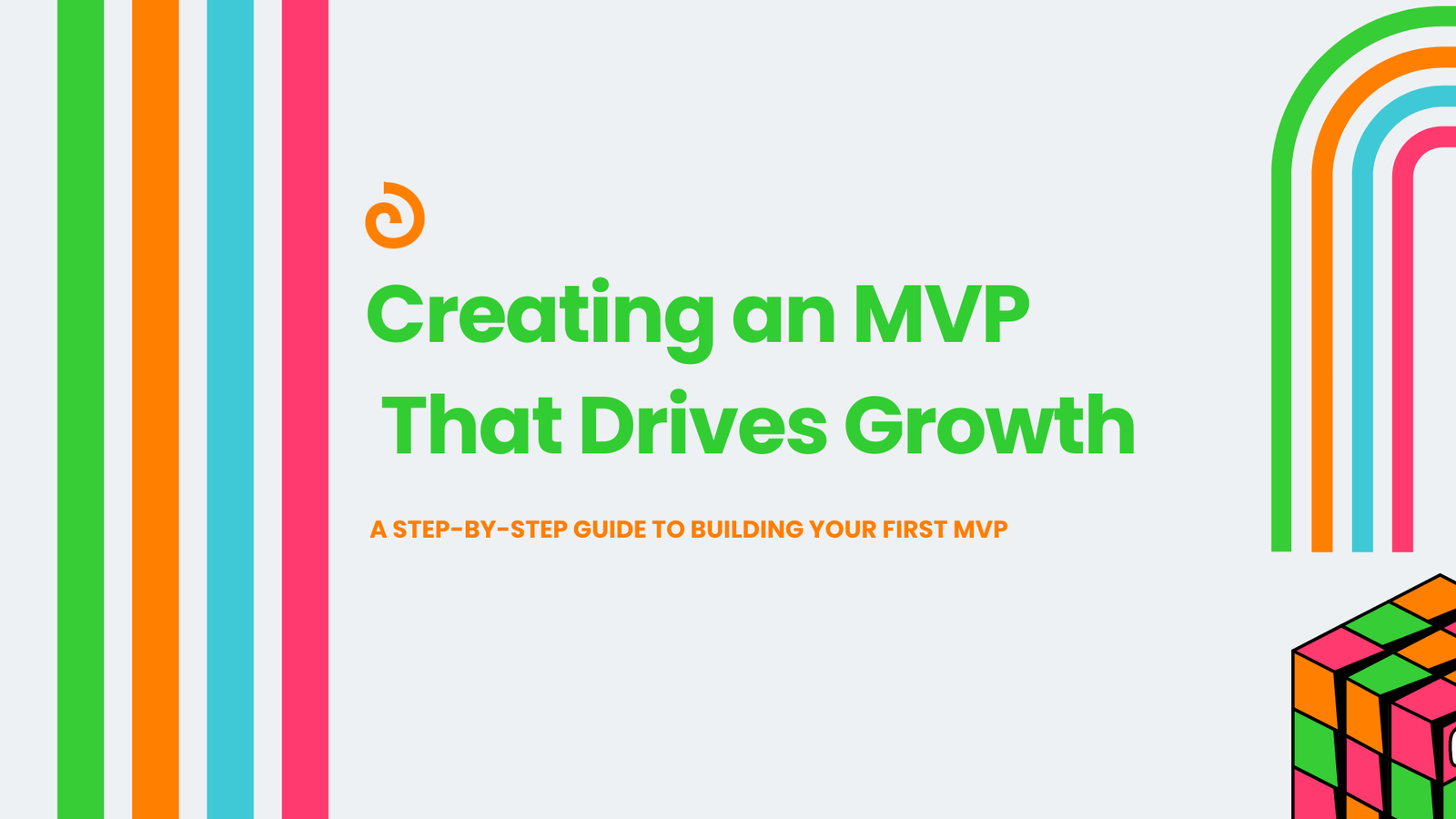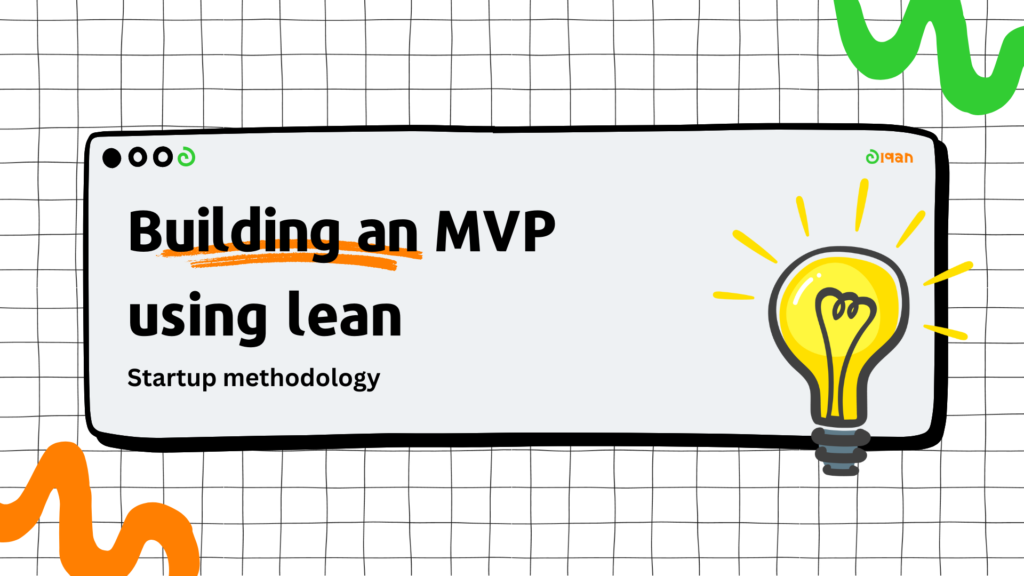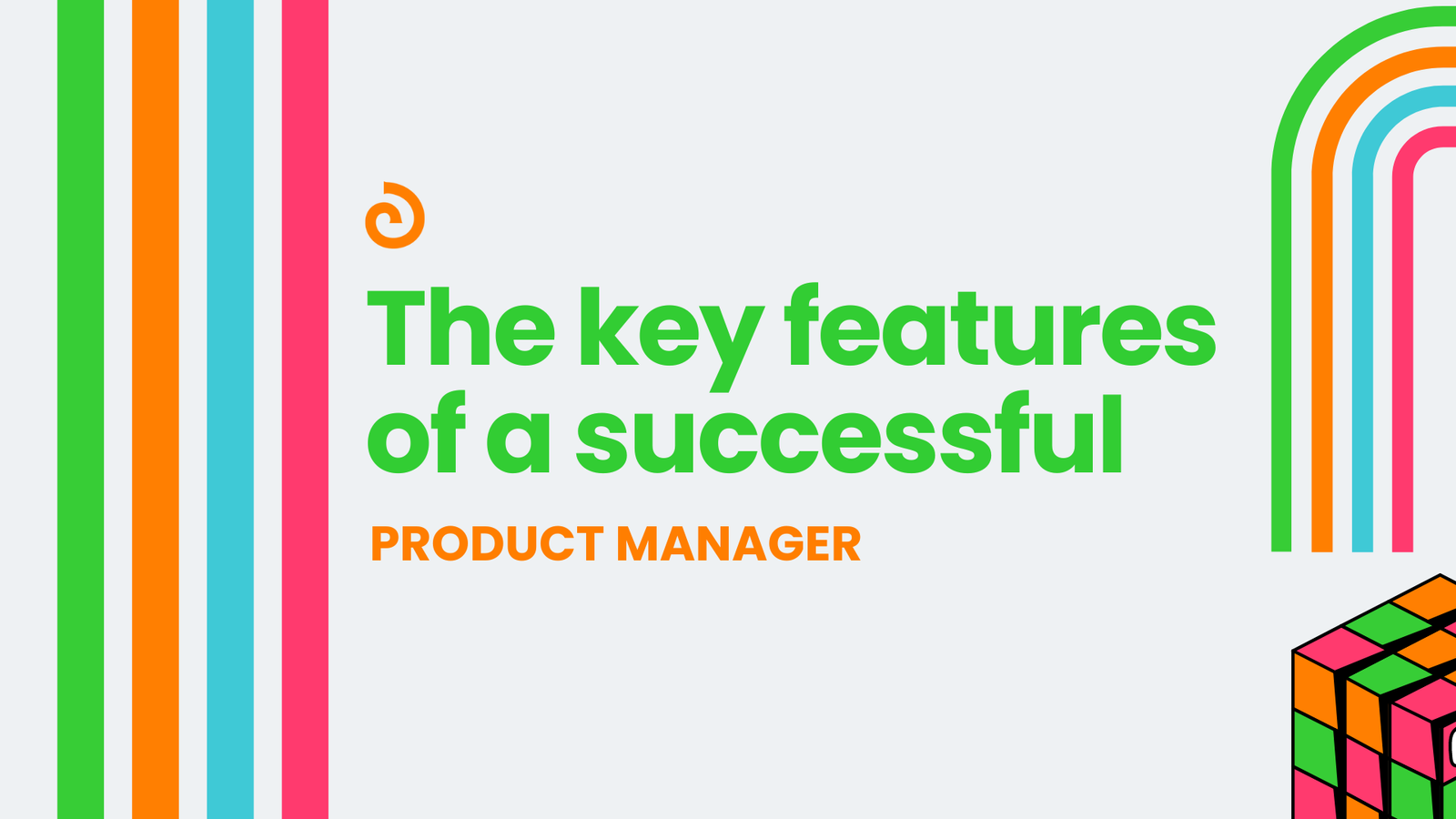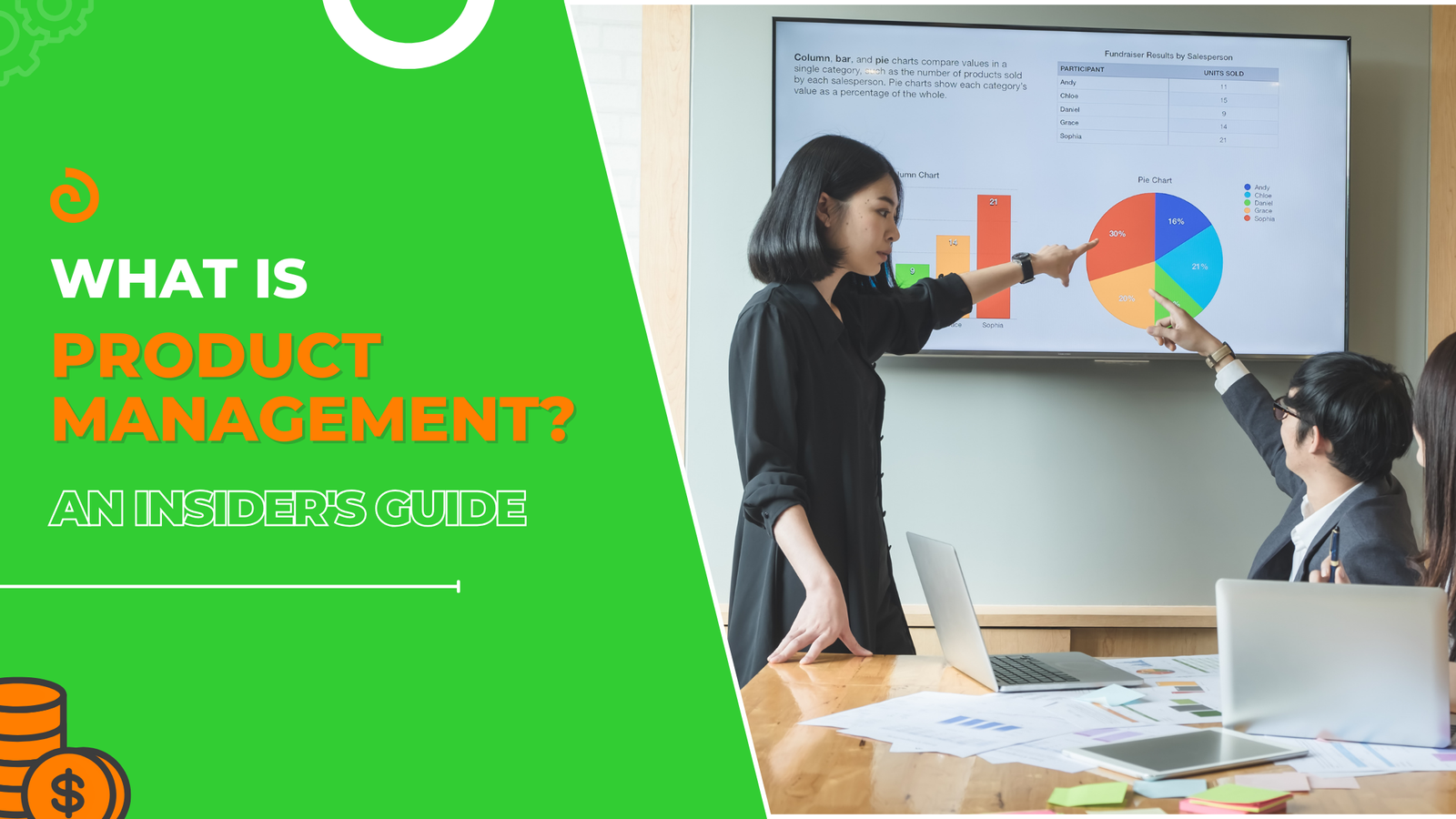You want to launch a startup and take your brilliant idea to the next level, but where do you even begin? Building a minimal viable product (MVP) is the first step on the journey from idea to successful business. A company might choose to develop and release an MVP to validate an idea for a product, minimize time and resources, and potentially sell a working product. An MVP allows you to test your concept quickly and start collecting those all-important first customers. But how exactly do you create one? Not to worry, we’ve got your back. In this step-by-step guide, you’ll learn what an MVP is, why you need one, and how to build a simple prototype that drives growth. We’ll walk through validating your idea, defining essential features, choosing the right platform, and more. By the end, you’ll have the knowledge and tools to create an MVP that delights users and gets traction. So let’s get started and transform your big idea into an engine for growth!
Table of Contents
ToggleWhat Is a Minimal Viable Product (MVP)?
A minimum viable product (MVP) is a version of a product with just enough features to satisfy early customers and provide feedback for future product development. An MVP is often the initial version of a new product designed to gather validated learning about customers. The goal of an MVP is to test core assumptions about your product and business model with minimal resources and time.
Rather than building a product with all the bells and whistles, focus on the essential elements. Get your MVP in front of customers as quickly as possible. The goal of an MVP is to collect validated learning about customers with minimal effort. See how they respond and interact with it. Then make improvements and adjustments based on feedback.
Some common characteristics of an MVP include:
Only essential features are included. Forget the extras!
Low cost to build. You only invest in critical elements.
Quick to launch. Get it out fast and iterate.
Provides value to customers. Even a basic MVP should solve a key customer problem.
Building an MVP using the lean startup methodology is a proven strategy for startups and entrepreneurs. It allows you to:
-Test key assumptions about your product and business model with minimal effort.
An MVP allows you to collect the maximum amount of validated learning about customers with the least amount of effort.
-Get real data on customer interest and adoption.
-Reduce wasted time and money.
-Adjust and improve your product based on actual customer feedback.
An MVP approach is a key lean startup methodology that can help drive growth and set your product up for success. Don’t build it and hope they will come! Create an MVP, get it in front of real customers, learn from their feedback, and build the product they actually want. Your customers and business will thank you!
How to Build an MVP: A Step-by-Step Guide
Building your first MVP is exciting! This is your chance to turn your vision into reality. Let’s get started.
Define your goals.
What problem are you solving? Who is your target customer? Be very specific about what your MVP will achieve.
Determine your minimum features.
Focus on the essentials. What’s the bare minimum to test your idea? Start with just 1 or 2 key features. You can always add more later!
Choose your tools.
Keep it simple. Unless you’re building an app, you probably don’t need fancy software. A landing page, email marketing, and social media are easy, low-cost ways to launch your MVP.
Build and test.
Create a prototype with your development team and get feedback from real potential customers. See if they understand your product and if they’d use it. Then make improvements before the official launch.
Launch!
Congratulations, your MVP is live! Promote it on social media, email your list, get the word out. Drive people to your landing page or product and start collecting feedback and sales or signups.
Review and iterate through validated learning.
See how customers respond and make changes based on their behavior and feedback. An MVP is meant to evolve. Keep refining and improving to build the best solution for your market. Maintaining a high-quality user experience is crucial for the success of the MVP.
Launching an MVP is an iterative process. Don’t aim for perfection right away. Get started, learn from real customers, and make it better over time. An MVP allows you to validate your idea quickly so you can move on to building a great product that people really want. Now get out there and make it happen!
MVP Examples From Successful Startups in Development
You’ve got a killer idea for an app or service and you’re ready to launch your startup. Fantastic! But before you invest months of time and buckets of money building a final product, create a minimal viable product or MVP. An MVP is a basic version of your product that allows you to test key assumptions and get feedback from early users.
For example, consider an MVP in the health sector, such as promoting an affordable health insurance plan with no deductible and a $0 monthly premium. This allows you to gauge interest and gather valuable feedback from potential customers before fully developing the product.
Dropbox
When Drew Houston founded Dropbox, he created a simple video demoing how the product would work. This MVP allowed him to gauge interest and collect email addresses of potential users. With interest validated, Dropbox built the initial product and now has over 600 million users!
Airbnb
Airbnb founders Brian Chesky and Joe Gebbia couldn’t afford rent, so they decided to rent out air mattresses in their apartment. This basic MVP helped them make $800, prove the sharing economy concept, and gain insights to improve the experience. Airbnb is now valued at over $38 billion!
Mark Zuckerberg created Facemash, a site where Harvard students could vote on who was hot or not. This controversial MVP showed Zuckerberg that students wanted an online social experience. He built on this insight to create Facebook, now the world’s largest social network with over 2.7 billion monthly active users.
Building an MVP gives you the freedom to test different versions of your product, get real user feedback, and make mistakes early on without wasting time and money. Start simple by focusing on your product’s core features and functions. Release early, release often, learn from your users, and continue improving your MVP into a product people love. The possibilities are endless if you just take that first step!
You now have all the tools you need to build an MVP that drives growth for your business! Remember to start by identifying your target users’ pain points. Then map out the core features that directly solve those needs. Keep it simple and focus only on the essentials in this first version. Develop quickly, deploy as soon as possible, and collect feedback from real users. Refine based on what you learn, and continue iterating to build the product that customers love. With this MVP approach, you can validate your idea and start driving growth faster than ever before. So get out there, build something great, and change the world! You’ve got this.





